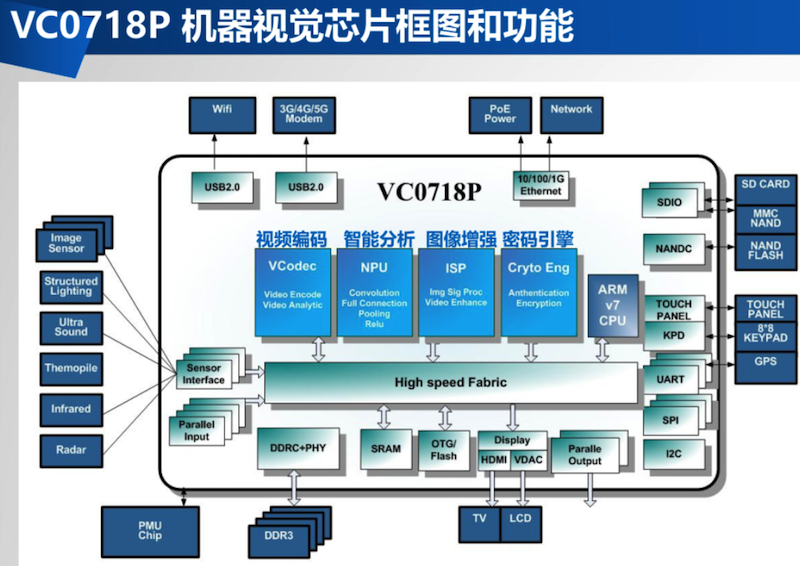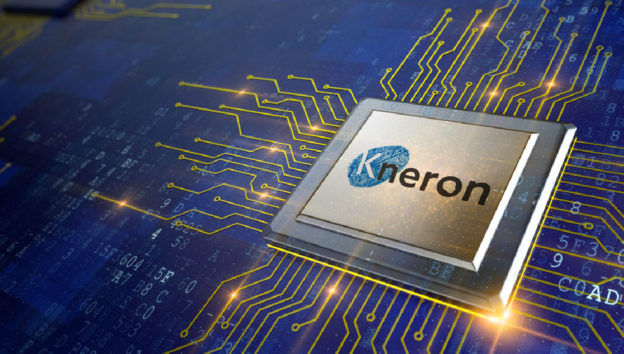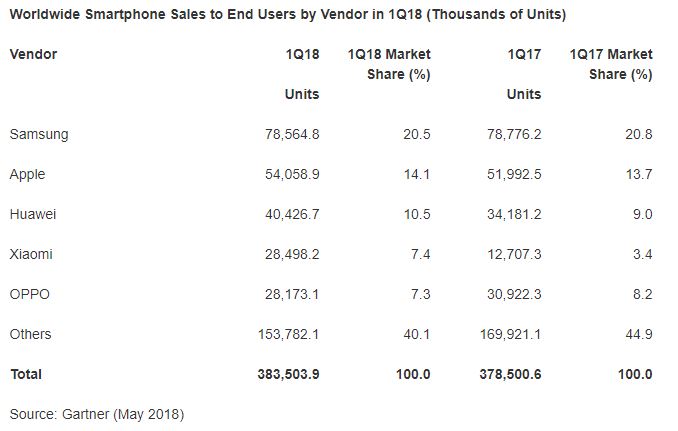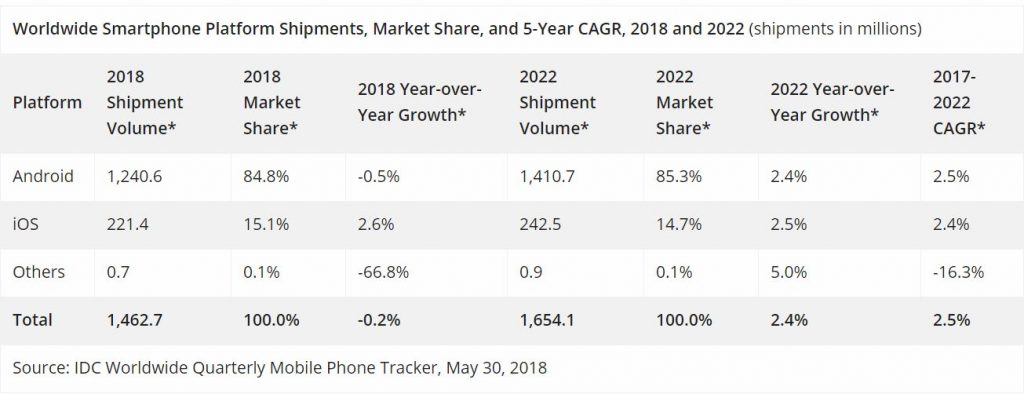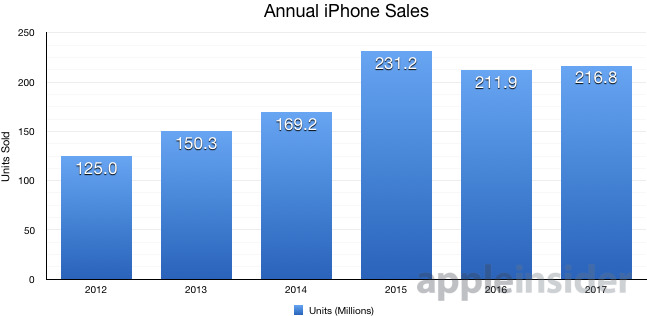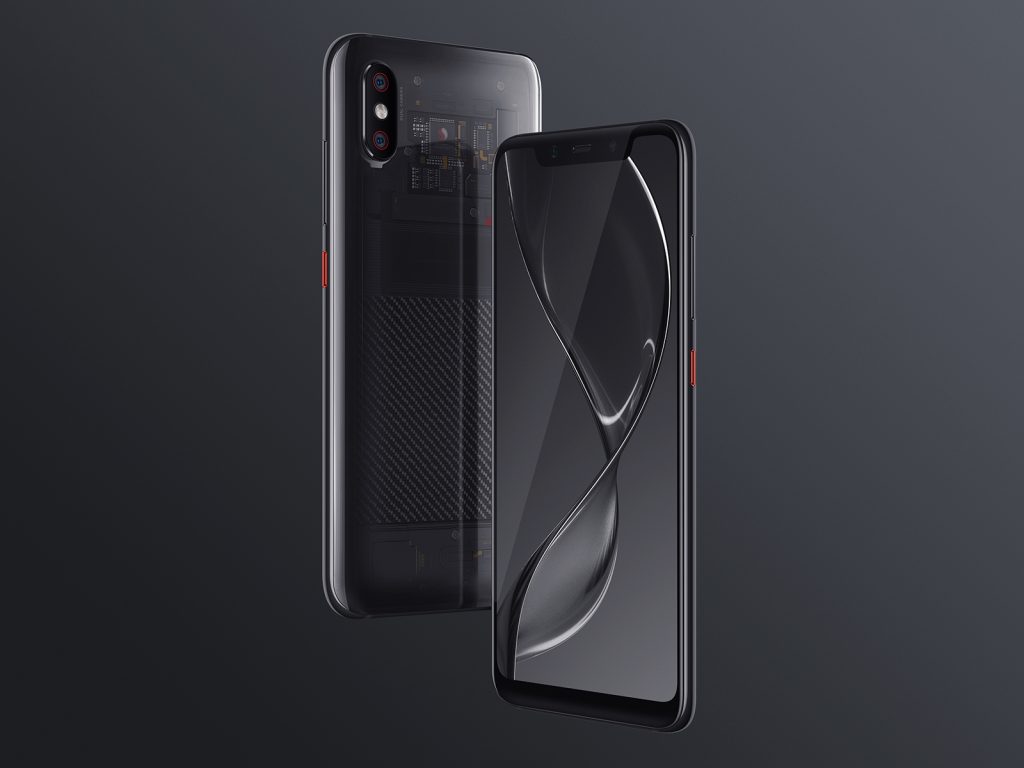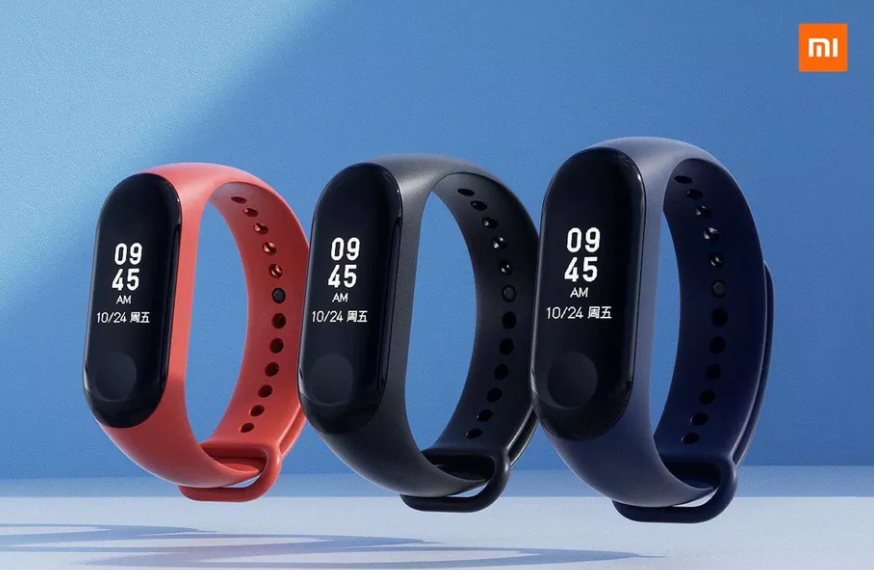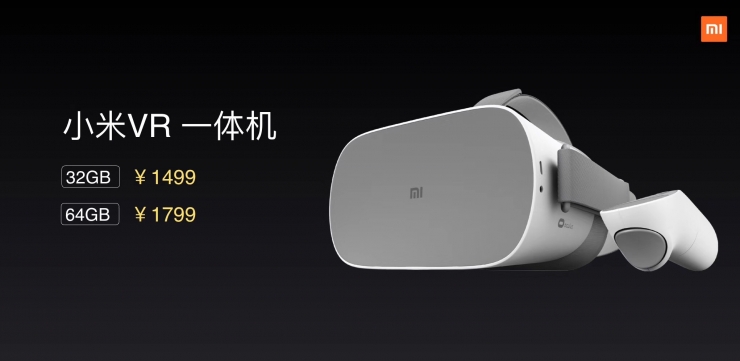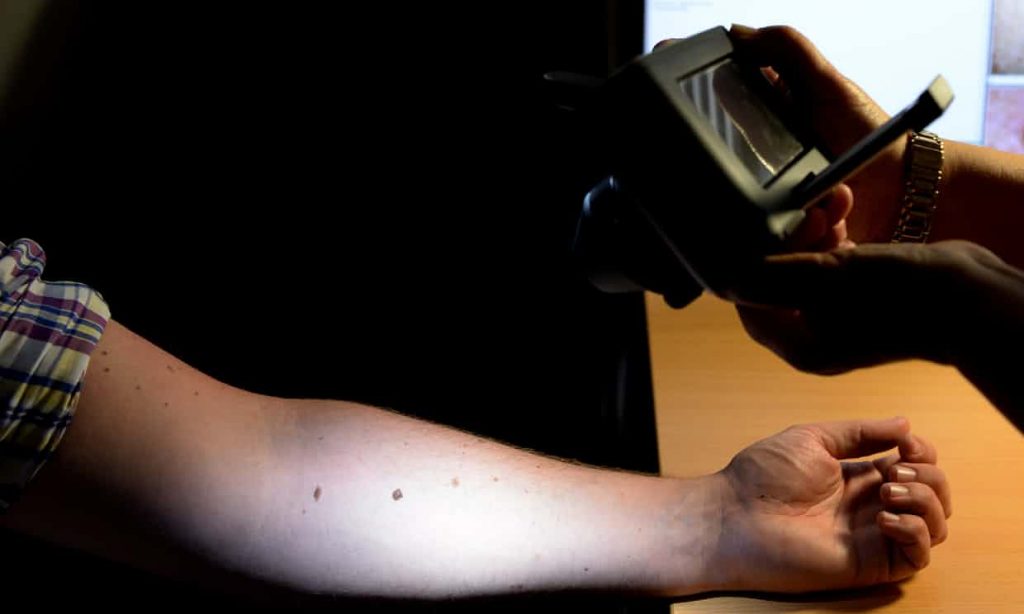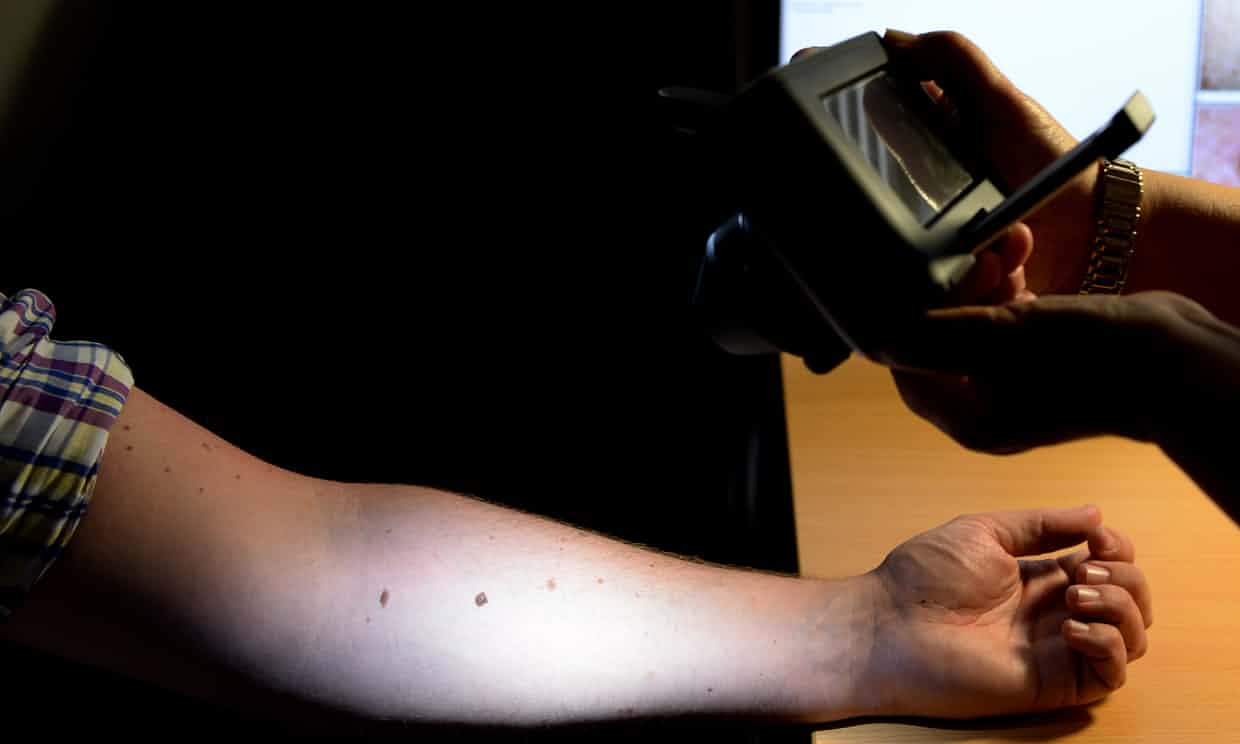
05-31: , OnePlus’ CEO Pete Lau has confirmed that this strategy will continue to focus on flagship until at least 2021; Xiaomi’s series of new products announced; etc.
Chipsets
Vimicro CTO Zhang Yinong is introducing its 2nd generation AI chipset – “Star Smart 2”. It supports national standard SVAC2.0 video and audio codec, up to 30fps@1080P video real-time encoding, supports CABAC, bi-directional B-frame, ROI, SVC, monitoring special information, encryption and decryption and other SVAC features, support for BT.1120 data Output, seamlessly connected to an external AI coprocessor. (Laoyaoba, HQEW, EE Focus, Vimicro)
ASPEED Technology, the largest BMC (Baseboard Management Controller) chip provider in the world, is launching Cupola360, the world’s first-ever spherical image processor with 6 sensors. (Laoyaoba, BNext, Yahoo, PR Newswire)
Kneron, a start-up focusing on terminal artificial intelligence (AI) solutions, has announced that it has completed a USD18M A1 round of financing led by Li Ka-shing’s Horizon Ventures. The core technology of Kneron is to develop a high-efficiency, low-power neural processing unit (NPU). (Laoyaoba, TechNews, China Times, Crunch Base)
Sensory
Tobii, maker of accurate eye-tracking technology solutions, has announced Tobii Pro VR Analytics, a tool that enables developers and researchers to visualize what virtual reality headset users are actually looking at in simulated worlds. (VentureBeat, Tobii, Yivian)
Connectivity
Dialog Semiconductor has announced that it is adding Bluetooth Special Interest Group (SIG)-compliant mesh support to its popular SmartBond(TM) Bluetooth low energy System-on-Chip (SoC) family of devices. Dialog is rolling out mesh support for the latest SmartBond products, starting with the DA14682 and DA14683, and then closely followed by the DA14586 and the DA14585, including its high-temperature derivatives. All of these devices are Bluetooth 5-qualified, enabling efficient best-in-class mesh implementation. (Laoyaoba, Business Insider, CTimes)
Phone
Global sales of smartphones to end users returned to growth in 1Q18 with a 1.3% increase over the same period in 2017, according to Gartner. Compared to 1Q17 sales of total mobile phones stalled and reached 455M units in 1Q18. Nearly 384M smartphones were sold in 1Q18, representing 84% of total mobile phones sold. (Android Authority, Engadget, Gartner, Tencent, 199IT)
After declining 0.3% in 2017, the worldwide smartphone market is expected to contract again in 2018 before returning to growth in 2019 and beyond. According to IDC, smartphone shipments are forecast to drop 0.2% in 2018 to 1.462B units, which is down from 1.465B in 2017 and 1.469B in 2016. IDC expects the market is to grow roughly 3% annually from 2019 onwards with worldwide shipment volume reaching 1.654B in 2022 and a 5-year compound annual growth rate (CAGR) of 2.5%. (IDC, press, Phone Arena, Sohu)
Daniel Ives of GBH Insights believes that “the Street is now starting to fully appreciate the massive Apple iPhone upgrade opportunity on the horizon for the next 12~18 months with 3 new smart phones slated for release”. He sees 350M phones as the “window of opportunity” for upgrades. Going by the current iPhone average sales price of USD728.30, as of the most recent quarter, 350M iPhones would result in over USD250B in revenue for Apple. (CN Beta, Business Insider, Apple Insider)
After sticking to its flagship-only roadmap for a number of years now, OnePlus’ CEO Pete Lau has confirmed that this strategy will continue until at least 2021, with cost efficiency being the main reason behind the decision. (Ubergizmo, Phone Arena, NDTV, Laoyaoba)
Xiaomi Mi 8 is officially announced featuring 3D face unlock – 6.21” 2248×1080 FHD+ AMOLED, Qualcomm Snapdragon 845, read dual 12MP-12MP + front 20MP, 6GB+64 / 128 / 256GB, rear fingerprint scanner, 3400mAh, CNY2699 / CNY2999 / CNY3299. (Android Authority, CN Beta, GizChina, BGR, Xiaomi, Liliputing)
Xiaomi Mi 8 Explorer Edition is announced featuring in-display fingerprint scanner, 3D facial scanning and transparent back – 6.21” 2244×1080 FHD+ AMOLED, Qualcomm Snapdragon 845, rear dual 12MP OIS – 12MP 2×optical zoom + front 20MP, 8GB+256GB, Android 8.1, 3000mAh, CNY3699. (Android Central, Android Headlines, CN Beta)
Xiaomi Mi 8 SE is launched – 5.88” 2244×1080 FHD+ AMOLED, Qualcomm Snapdragon 710, rear dual 12MP-5MP + front 20MP, 4GB+64GB / 6GB+64GB, Android 8.1, 3120mAh, CNY1799 / CNY1999. (Android Central, Android Authority, Android Headlines, CN Beta)
Wearables
Xiaomi Mi Band 3 is official – 0.78” 128×80 OLED, heart-rate sensor, Bluetooth 4.2 BLE, 50m water resistance, 110mAh, 20 days battery life, CNY169 / CNY199 (with NFC). (Engadget, Android Headlines, CN Beta)
Augmented / Virtual Reality
Xiaomi Mi VR Standalone is official – 2560×1440 2K fast-switch LCD, Qualcomm Snapdragon 821, 32 / 64GB flash memory, 2600mAh, CNY1499 / CNY1799. (Android Headlines, Leiphone, Engadget)
Home
Global TV shipments increased by 7.9% to 50.6M units in 1Q18 compared to a year ago, according to IHS Markit, a world leader in critical information, analytics and solutions. Liquid-crystal display (LCD) TV shipments rose 7.5% to 50.1M units and organic light-emitting diode (OLED) TV shipments jumped 115.8% to about 470,000 units during the same period. (IHS Markit, press, TechNews)
Artificial Intelligence
University of Southern California (USC) has created an artificial intelligence (AI) algorithm that scanned posts and correlated their content with impending violence at protests. Such a tool could be used to better prepare for demonstrations that are prone to escalation. (Ubergizmo, Digital Trends)
iFlytek, a leading Chinese voice recognition technology company and Huawei have signed a cooperation agreement in Shenzhen. The collaboration will focus on 4 major sectors: public cloud service, Information and Communication Technology (ICT) infrastructure, smart ends, and office IT. (CN Beta, Technode, Asia Venture)
A team from Germany, the United States and France has taught an artificial intelligence (AI) system to distinguish dangerous skin lesions from benign ones, showing it more than 100,000 images. The machine – a deep learning convolutional neural network (CNN) – was then tested against 58 dermatologists from 17 countries, shown photos of malignant melanomas and benign moles. On average, human dermatologists accurately detected 86.6% of skin cancers from the images, compared to 95% for the CNN. (Ubergizmo, The Guardian, Zaobao, Xinhuanet)
